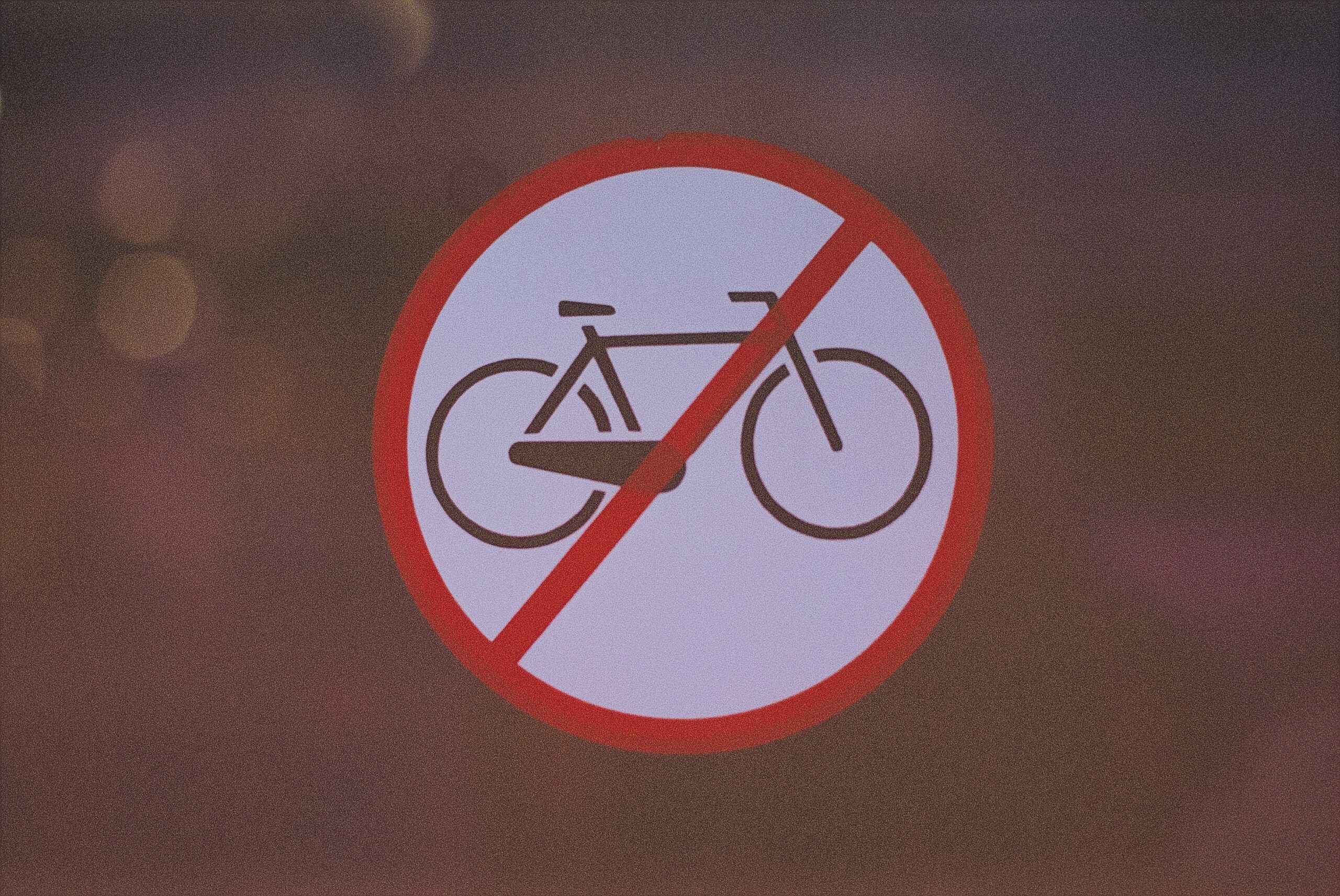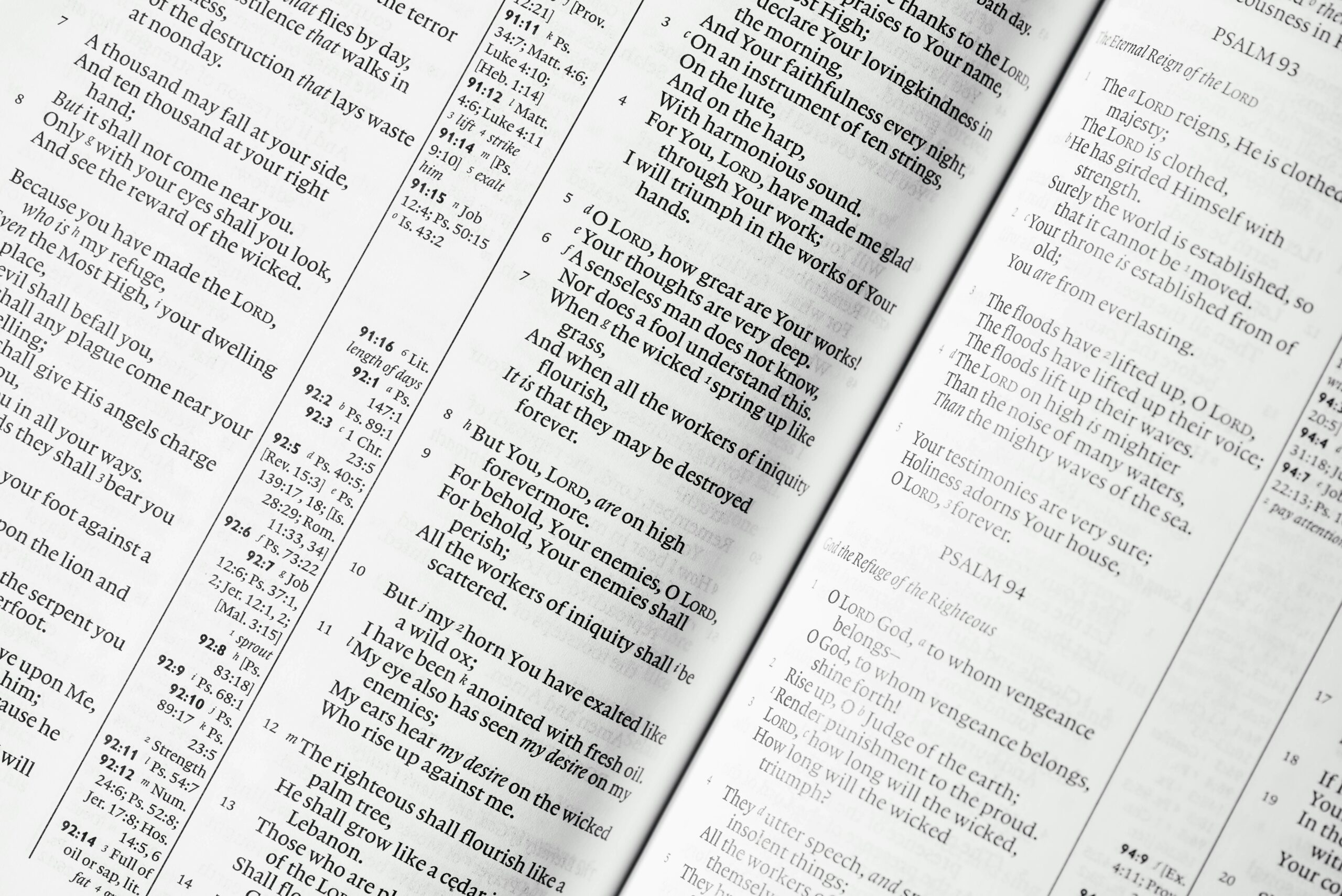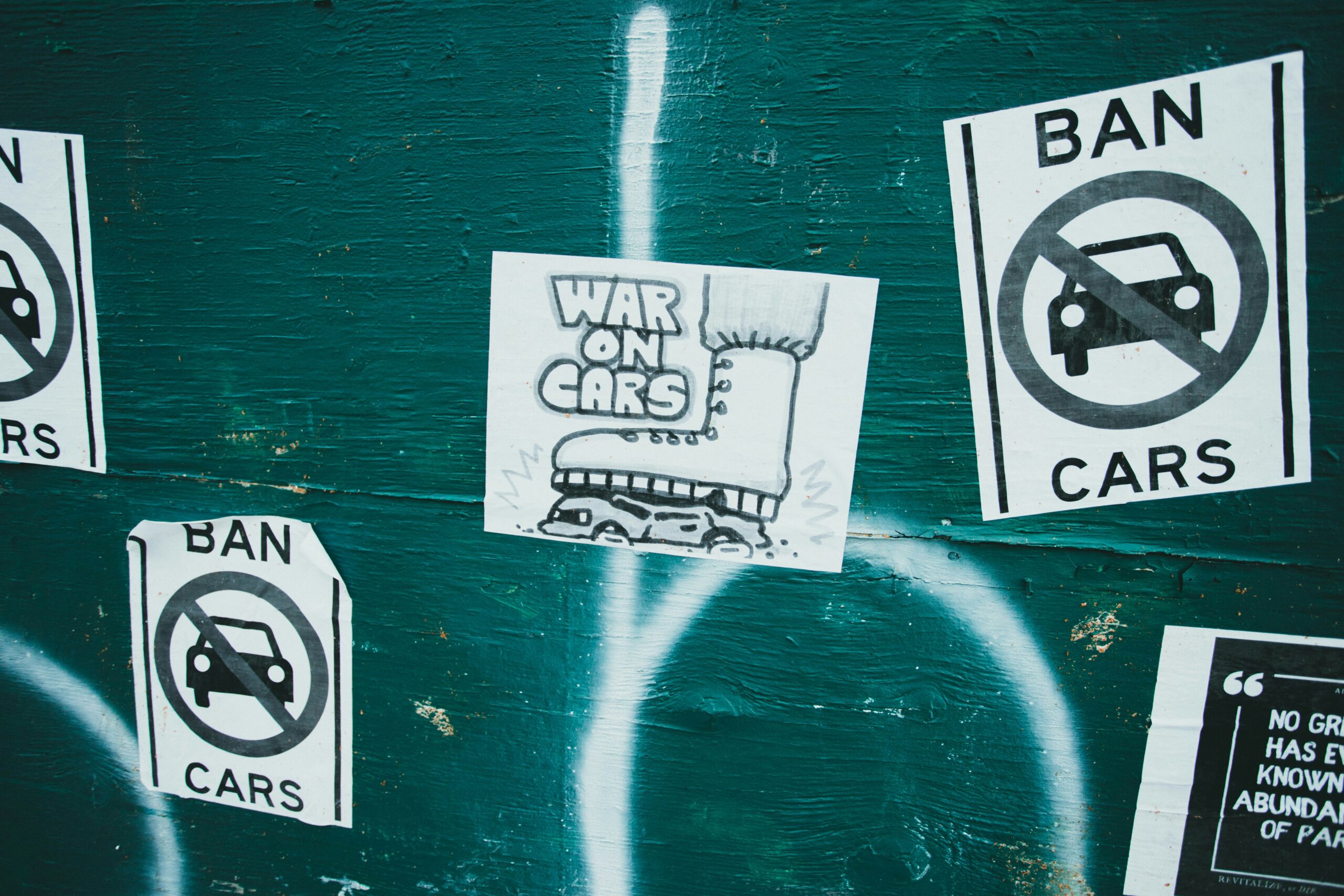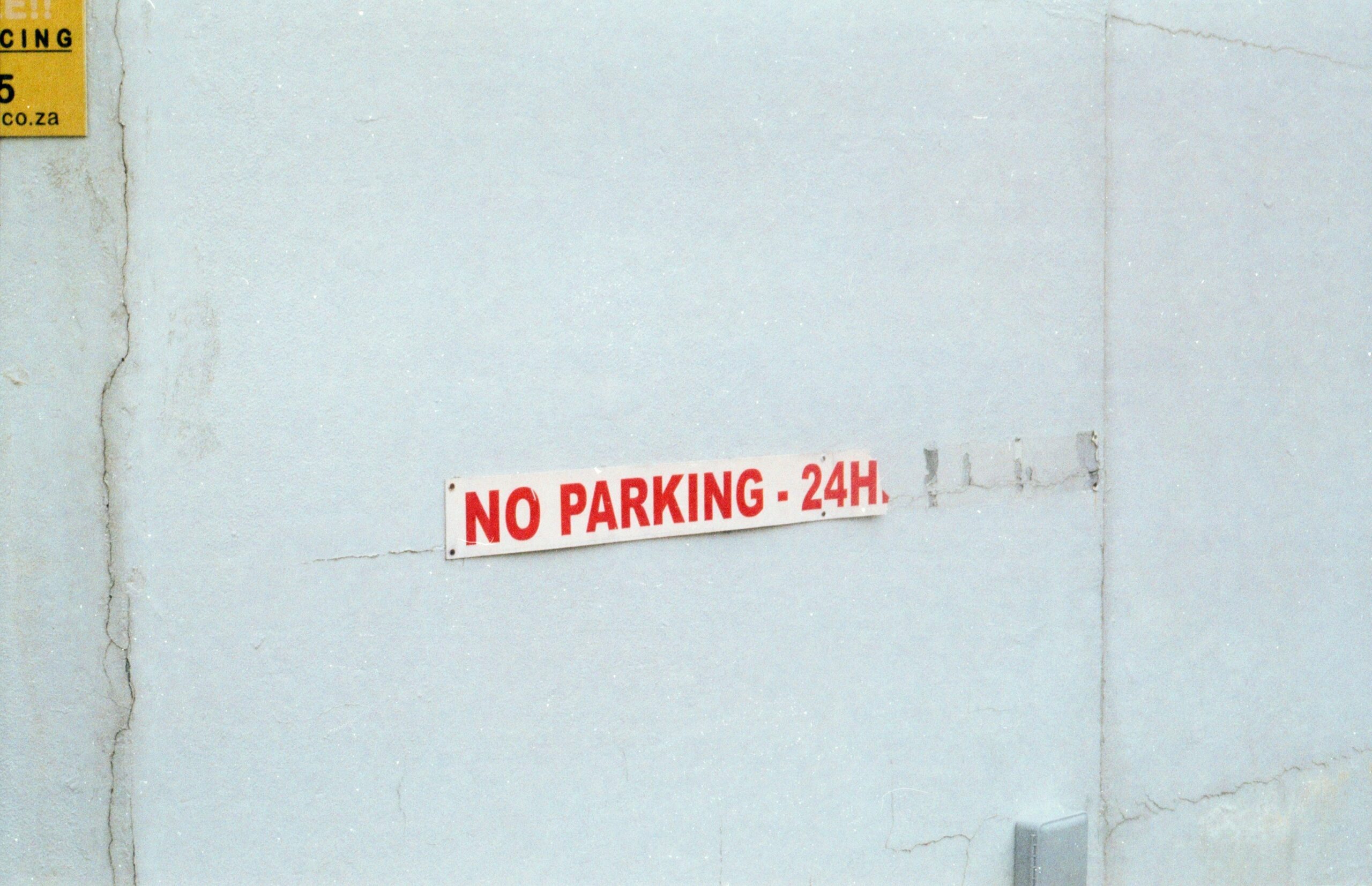Ever packed your trusty camping stove or a bottle of hand sanitizer only to discover your baggage insurance doesn’t cover damages involving those items? Yeah, you’re not alone. Imagine this: Your luggage is lost, and when you file a claim, the insurer points to fine print about “Hazardous Item Exclusions.” Ouch.
In this post, we’ll decode everything you need to know about hazardous item exclusions in baggage insurance, why they matter, and how to protect yourself while traveling. You’ll learn:
- What exactly counts as a “hazardous item.”
- How these exclusions impact your coverage.
- 5 actionable tips to navigate baggage insurance pitfalls (yes, coffee will be involved).
Table of Contents
- Key Takeaways
- The Problem with Hazardous Item Exclusions
- Step-by-Step Guide to Understanding Coverage
- Pro Tips for Avoiding Coverage Gaps
- Real-Life Case Studies of Denied Claims
- Frequently Asked Questions About Hazardous Item Exclusions
Key Takeaways
- Hazardous item exclusions are specific clauses in baggage insurance policies that void coverage for certain high-risk items.
- Common excluded items include flammable liquids, firearms, and anything resembling weaponry.
- You *can* minimize risk by reading policy details carefully and packing strategically.
- Ignoring these exclusions can lead to denied claims even if your loss wasn’t directly caused by the item itself.
The Problem with Hazardous Item Exclusions
I once naively packed a tiny gas canister for my portable stove on a hiking trip because, duh, who wants cold food in the wilderness? Fast forward to when my bag went missing, and guess what—the insurer laughed off my $500 claim faster than I could say “hiking adventure.” Turns out, that innocent-looking little fuel container fell under their hazardous item exclusions list. The audacity!

What makes this problem extra spicy is how vague some insurers are about what qualifies as hazardous. For instance, did you know many consider nail polish remover hazardous due to its flammability? Or that matches count as both fire hazards AND dangerous goods?
Optimist You:
“Surely, they wouldn’t penalize me unless disaster strikes!”
Grumpy You:
“Oh, they absolutely would—and probably at the worst possible time.”
Step-by-Step Guide to Understanding Coverage
Feeling overwhelmed yet? Don’t sweat it; here’s a step-by-step breakdown to help you get smart about baggage insurance terms.
Step 1: Read the Fine Print (All of It)
- Yes, it’s boring, but skipping this step is how you end up blindsided later.
- Look for sections labeled “Exclusions” or “Exceptions.”

Step 2: Create a List of Your Standard Travel Items
- Think chargers, toiletries, electronics, etc.
- Cross-reference each item with your policy’s exclusion list.
Step 3: Contact Your Insurer Directly
- Pick up the phone and ask questions—don’t rely solely on FAQs online.
- Ask them straight up: “Will my lithium batteries void my entire claim?”
Pro Tips for Avoiding Coverage Gaps
- Avoid Packing Flammable Liquids: This includes perfume sprays, lighter fluid, and yes, over-the-counter cleaning products.
- Separate Risky Gear: If you must bring tools like knives or power banks, carry them in your carry-on, never checked luggage.
- Double Down with Comprehensive Policies: Some premium plans offer broader coverage without so many restrictive exclusions.
- Document Everything: Photograph your belongings before every trip. Use apps like Evernote or Google Photos to organize receipts too.
- TERRIBLE TIP ALERT: Ignoring restrictions entirely because “it won’t happen to me” = recipe for regret soup.
Rant moment: Why do insurers make their language sound like legalese from another dimension? Like, couldn’t they just put it plainly: “Hey buddy, no bombs allowed”? Too simple, apparently.
Real-Life Case Studies of Denied Claims
Case Study #1: A frequent flyer from Colorado had her entire suitcase go missing during an international layover. Despite having full baggage insurance, her claim was denied after inspectors found expired medication flagged as potentially hazardous.

Case Study #2: Another traveler carrying industrial-grade matches intended for a camping tour saw his $800 camera gear claim rejected simply because the matches rendered all contents uninsurable.
Frequently Asked Questions About Hazardous Item Exclusions
Q: What happens if my luggage contains something hazardous without me knowing?
A: Insurance companies often base decisions on intent. However, ignorance isn’t always bliss—you might still face scrutiny based on the presence of restricted items.
Q: Can I buy separate travel insurance for hazardous items?
A: Rarely. Most insurers either exclude such items outright or require specialty plans designed specifically for extreme sports or occupations.
Q: Are batteries considered hazardous?
A: Yes, lithium-ion batteries especially fall into this category due to explosion risks. Always check airline-specific rules alongside insurance guidelines.
Conclusion
Hazardous item exclusions may seem sneaky, but arming yourself with knowledge can save thousands and keep your trips stress-free. To recap:
- Read the fine print.
- Pack wisely (and lightly).
- Get clarification where needed.
And finally… stay caffeinated through all the reading and planning. Because let’s face it, dealing with insurance docs sober sounds more daunting than scaling Everest barefoot.
Like a Tamagotchi, your peace of mind requires daily care—but hey, at least you won’t lose sleep over random exclusions anymore!


